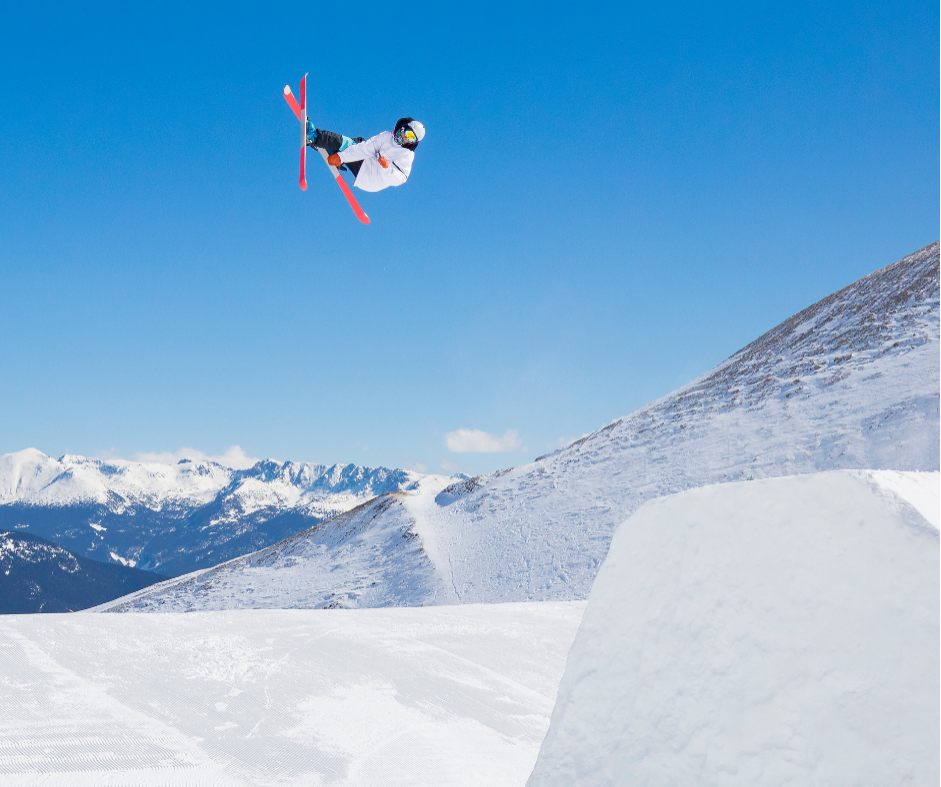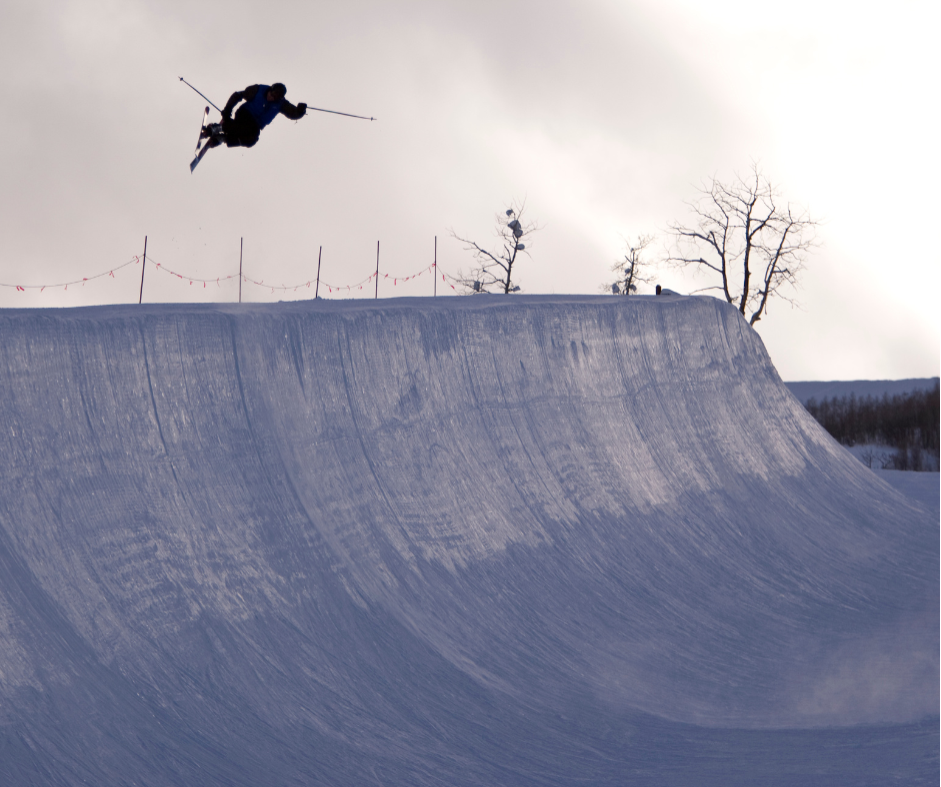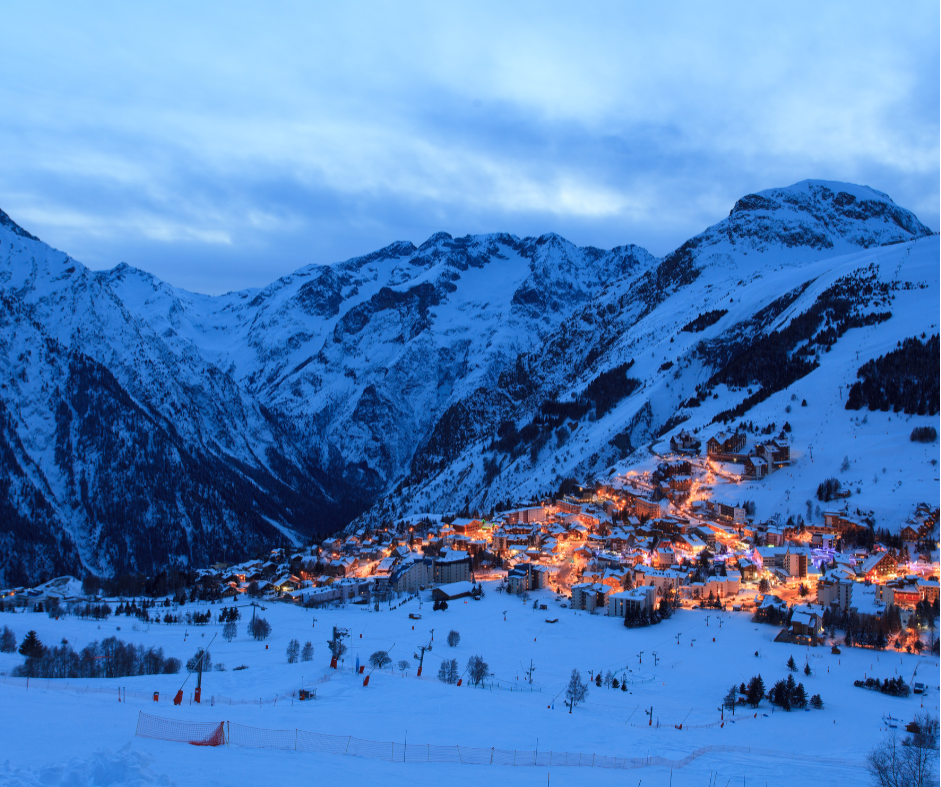Freestyle skiing is a great way to have fun and exercise while enjoying the winter weather. Whether you are a beginner or an experienced skier, this guide will teach you everything you need to know about freestyle skiing.
We'll cover the basics of the sport, including how to stay safe on the slopes and reveal some different tricks for beginners.
So whether you are planning your first trip to the ski resort or want to improve your skills, read on for all the information you need.
What Is Freestyle Skiing?
At a time, skiing was all about slaloming your way down a slope or taking a gruelling cross-country trip, but many enthusiasts now enjoy freestyle skiing.
Freestyle skiing is a type of skiing that allows skiers to perform tricks and jumps. It's less associated with formal rules and more popular for people who prefer the adrenaline rush skiing brings.
You should be aware of three main types of freestyle skiing: slopestyle, half-pipe and big air. Let's take a look at each in more detail.
Slopestyle
Slopestyle skiing is a format often popular in the competition circuit as it tests a skier's technical ability and creativity. The slope has numerous obstacles, including jumps and rails that a competitor must navigate successfully.
There are five or six obstacles, and competitors should attempt to perform a trick on each one. As long as the run to the bottom is clean, the person receives a score based on their tricks.
Half-Pipe
Half-pipe skiing is similar to slopestyle, but the main difference is that the course is shaped like a half-pipe (imagine an upside-down U). This means skiers have walls they can use to perform tricks before landing back in the centre of the pipe.
In a way, it's similar to skateboarding because people have the opportunity to show off their skills, but the half-pipe is made entirely out of snow.
Big Air
As you might have guessed from the name, big air events are all about performing the biggest and best jumps. These tend to take place on a single large jump, which gives skiers the chance to perform a variety of tricks before landing.
Big air competitions are often part of another event, such as slopestyle, but they can also be standalone events. One thing to remember is that the big air slope is around 60 feet tall, and it's definitely the more dangerous event.
How To Get Started With Freestyle Skiing
If you are new to freestyle skiing, the best way to get started is by taking a lesson because it helps you learn the basics with an instructor who knows how to protect you.
There's a big difference between general skiing and freestyle skiing, so it's always a good idea to learn the basics before attempting any tricks. Once you have the basic techniques down, you can start practising independently.
The most important thing is to start slow and work your way up. Don't try anything too complicated or dangerous until you feel comfortable with the basics.
What Equipment Do You Need For Freestyle Skiing?
Freestyle skiing doesn't require any special equipment, but a few things can improve the experience. For example, most freestyle skiers prefer a shorter ski because it's easier to perform tricks.
You should also invest in a helmet because there is always a risk of injury when skiing. It's also a good idea to wear knee and elbow pads because they can help protect you if you fall.
Finally, make sure you have suitable clothing for the conditions. You'll need warm clothes that allow you to move freely, and waterproof clothing is always a good idea in case you fall in the snow.
Where To Practice
If you live in a country that doesn't get much snow, you might think it's impossible to learn how to ski. However, plenty of dry slopes around the UK replicate the skiing experience, and you should be able to find one in your county.
Ski Back Before You Move Forward
One of the most important things to remember when you are freestyle skiing is that you must ski backwards before moving forward. Yes, this might not make much sense, but hear us out.
When you learn to ski backwards, you develop more awareness of placing your skis and perfecting your balance. It's much easier to perform tricks when you have the basics locked down.
Use A Trampoline
When you're a freestyle skier, aerial awareness is essential because it teaches you to control your body and be aware of the space around you, which is a significant part of skiing.
Instead of heading straight to the half-pipe to try tricks, it's best to practice in a controlled environment where you can protect yourself.
A helmet can prevent severe head injuries, but if you decide to do tricks without practice, you can break some bones!
Practice On Different Terrains
When starting, it's best to practice on groomed runs because they are relatively easy to ski on. However, once you have the basics down, you should start practising on different types of terrain.
There are plenty of excellent resorts, but the Les Deux Alpes Ski Resort is one of the most popular because it has so much to offer. The many beginner and intermediate slopes help you to develop your skills and learn how to handle different conditions.
Final Thoughts
Now that you understand the different types of freestyle skiing and have an idea of the equipment you need, it's time to focus on safety. Like with any sport, there is always a risk of injury when participating in freestyle skiing.
But don't let that scare you away. With the proper precautions, you can minimise your risk of injuries and learn how to master the techniques and tricks it takes to become a freestyle skier.
If you found this guide helpful, please share it with your friends, or leave us a comment.




